Do Houses Without AC Systems Need Ventilation
Absolutely. Poor ventilation traps musty odors that become unbearable. This is especially critical during Southern US summers, when humidity makes homes feel oppressive. Without proper airflow, you'll face peeling drywall, warped cabinets, and potential health issues.
This guide explains why ventilation is essential for AC-free homes and how to maintain healthy indoor air.
Understanding Ventilation in Homes

Ever notice how closed rooms get stuffy with stale air? That's poor ventilation. Simply put, ventilation is the process of bringing fresh air in while pushing contaminated air out, like your home's breathing.
Opening windows and doors is the simplest way to ventilate the room. You can also use a ventilation fan to bring fresh air into the room and send out the "bad" air in the house.
These "waste gases" include:
-
Carbon dioxide from breathing
-
Cooking fumes and odor
- Chemicals (formaldehyde, VOCs) from furniture and cleaners
- Humidity from showers and daily activities
- Allergens like dust and pet dander
- Bacteria and viruses
Why Ventilation Matters (Especially Without AC)
1. Health Protection
Stagnant air concentrates harmful substances. Proper ventilation reduces triggers for respiratory issues, allergies, and long-term health risks—a critical fact: Gas/propane stoves cause up to 19,000 US adult deaths annually. Air purifiers can't eliminate carbon monoxide.
2. Moisture Control
The biggest challenge is in humid regions like the South. Daily activities (showering, cooking, breathing) pump moisture into your home. Without ventilation:
- Mold grows on walls and ceilings
- Paint peels
- Wood structures rot
- Structural damage occurs
3. Oxygen Maintenance
Ventilation prevents carbon dioxide buildup that causes headaches, dizziness, and fatigue.
4. Odor Reduction
Continuous airflow removes stale smells (though it doesn't cool like AC).
Warning Signs of Poor Ventilation
- Persistent musty smells
- Condensation on window
-
Visible mold growth
- Increasing allergy symptoms
- Difficulty breathing indoors
If you notice these, act immediately. For severe cases, install exhaust fans or dehumidifiers. Ignoring it often leads to $2,000+ mold remediation bills.
Passive Ventilation: Natural Airflow Solutions

Use physics to move air without electricity – ideal for AC-free homes.
How it works:
-
Stack Effect
Warm air rises and escapes through high vents, pulling cool air through low openings. -
Wind-Driven Ventilation
Wind forces air into your home (windward side) and pulls it out (leeward side).
For example, they oriented the air intake windows toward the sea breeze in a Miami beachfront home.
Benefits of Passive Ventilation:
-
Reduces energy costs
-
Lowers carbon footprint
-
Improves indoor comfort
-
Enhances air quality
-
Requires minimal maintenance
The stack effect is another natural way to cool a home. As warm air rises, it causes airflow between different levels in a building. Careful design is essential for this to work well, especially in multi-story houses.
Adding shading features also helps with airflow. Shaded spots tend to be cooler, which encourages natural air circulation. Eaves and overhangs can be effective options.
The materials used in buildings also influence passive ventilation. Breathable materials like bricks and stones help with natural air exchange, and properly sealing gaps and joints can improve control over air movement.
If you do this right, you'll enjoy a cooler home and save on energy costs.
Difference Between HVAC and Air Conditioning
HVAC does more than just cooling – it covers heating, ventilation, and air conditioning to manage your whole indoor environment.
Air conditioning focuses only on cooling things down. People often confuse the two because they look similar, but here's the key difference: HVAC combines heating units, ventilation fans, and cooling components in one system for year-round control. Air conditioners usually work alone or with basic fans.
When choosing what's right for your home, consider your climate—HVAC for complete temperature management and AC if you just need relief from heat.
Ventilation Without AC: Strategies for Maintaining Comfort
Homes without AC need other ventilation methods. These keep indoor comfort and air quality.
Design homes to use natural breezes. Cross-ventilation lets air flow through rooms, lowering indoor heat.
Building features help ventilation. Big windows and well-placed vents move more air, and skylights add extra air exchange paths.
Fans matter when natural wind fails. Some devices copy natural breezes with changing speeds.
Smart home tech adjusts ventilation automatically. Systems respond to temperature and humidity shifts.
Change daily habits for comfort. Wear season-friendly clothes and bedding. Cook outside to avoid indoor heat and dampness.
There are different strategies that can replace AC.
Boosting Airflow with Fans
260CFM Ventilation Fan works best in large rooms, creating steady breezes that make heat bearable.
Add exhaust fans in kitchens and stuffy corners to push out hot air. Use adjustable-speed models to control airflow as weather changes.
Plants: More Than Decor
Plants pull toxins from the air and release oxygen, acting as natural purifiers.
Place leafy varieties near windows – they cool through evaporation, especially helpful in dry climates.
Water features like tabletop fountains add moisture to dry air. Combine plants and water for a fresh indoor oasis.
Conclusion
Get the air moving right in your AC-free home—crack those windows for healthier living, lean on nature's free cooling to save cash and the planet, and plan smart to stay comfy without cranking up energy bills.

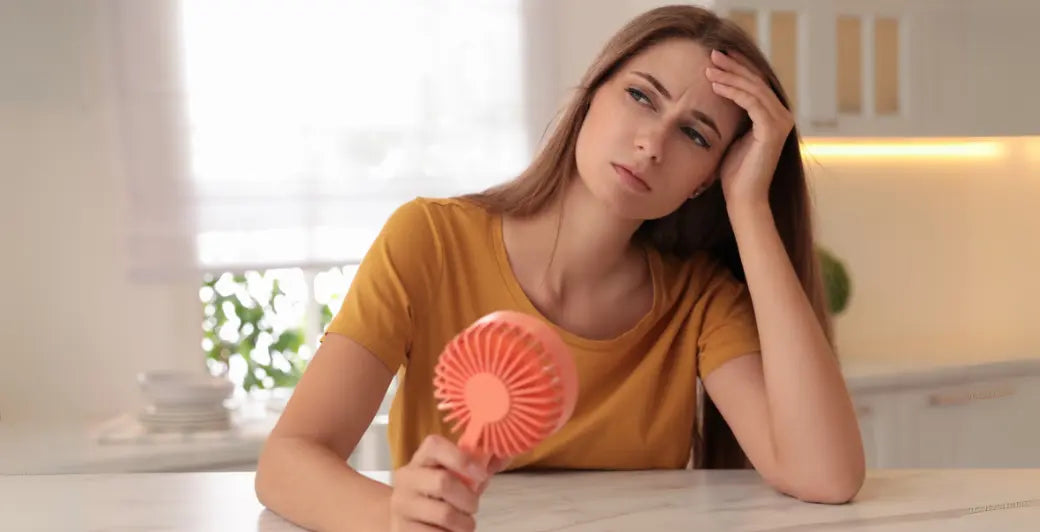
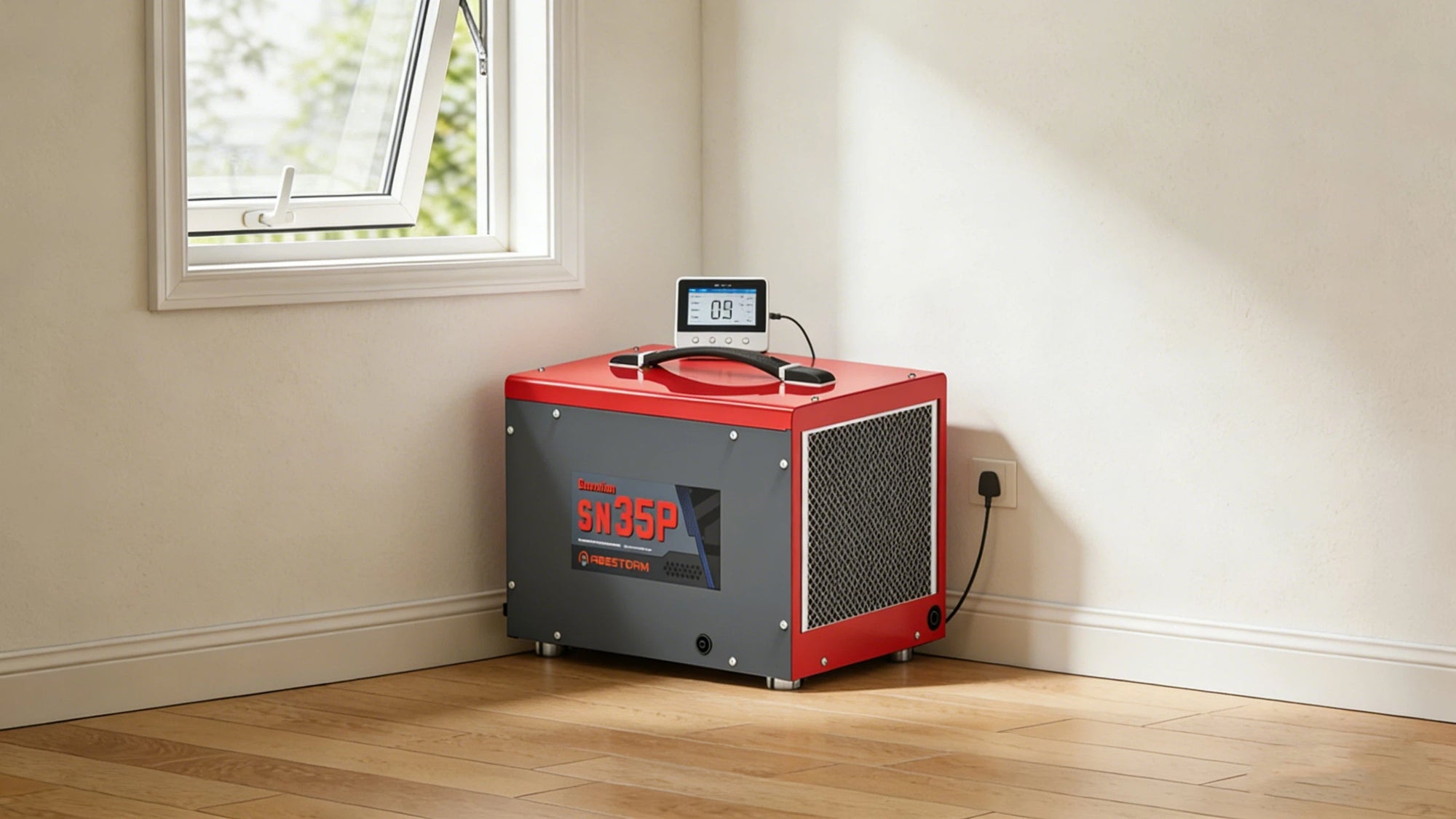
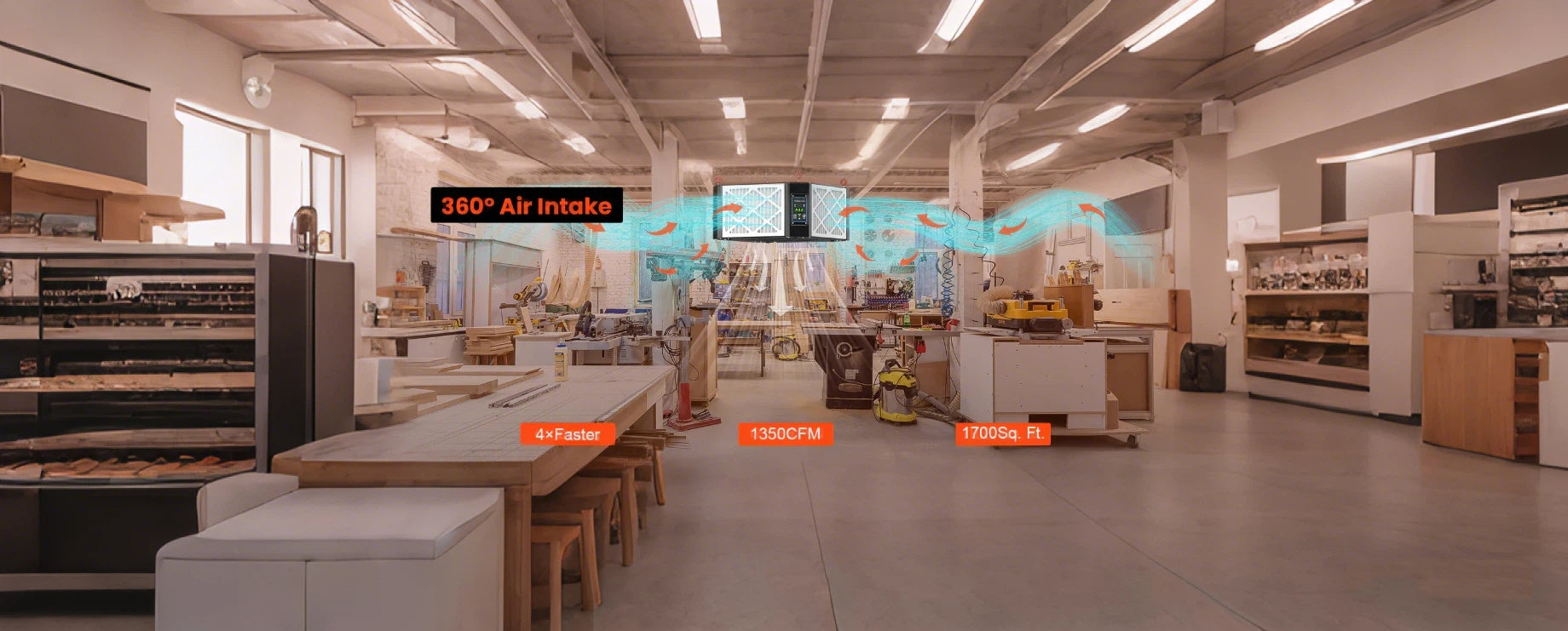
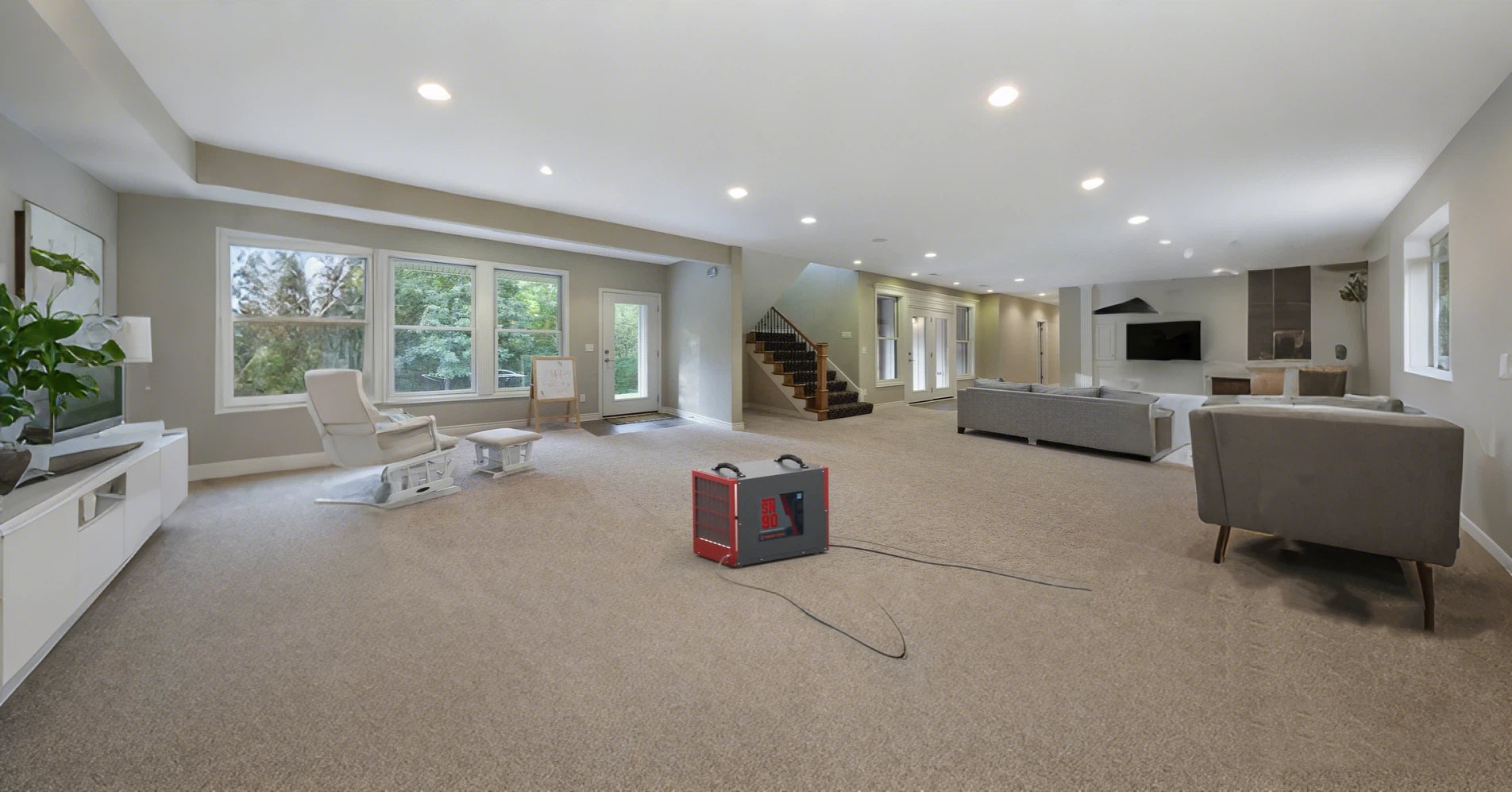

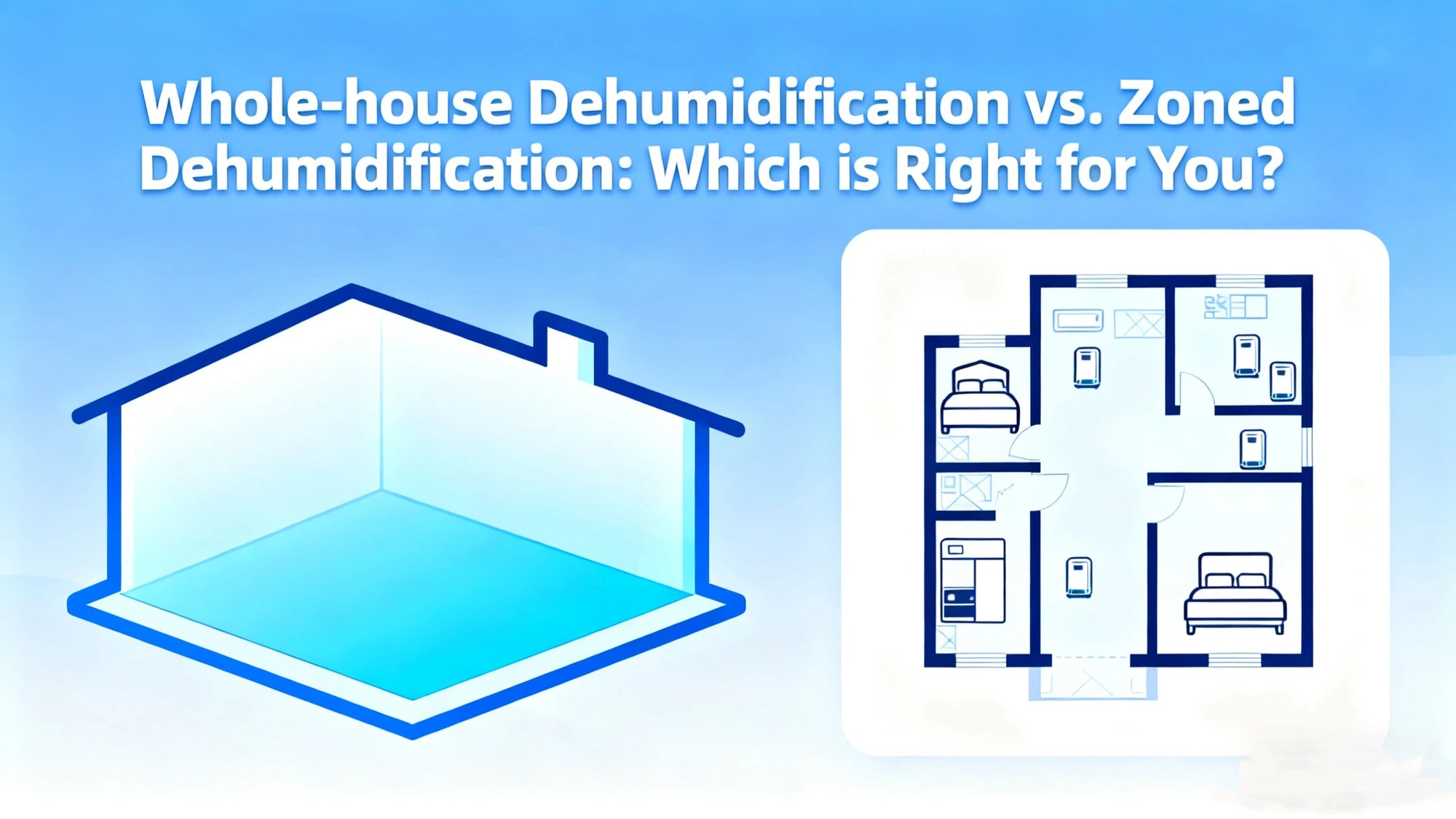
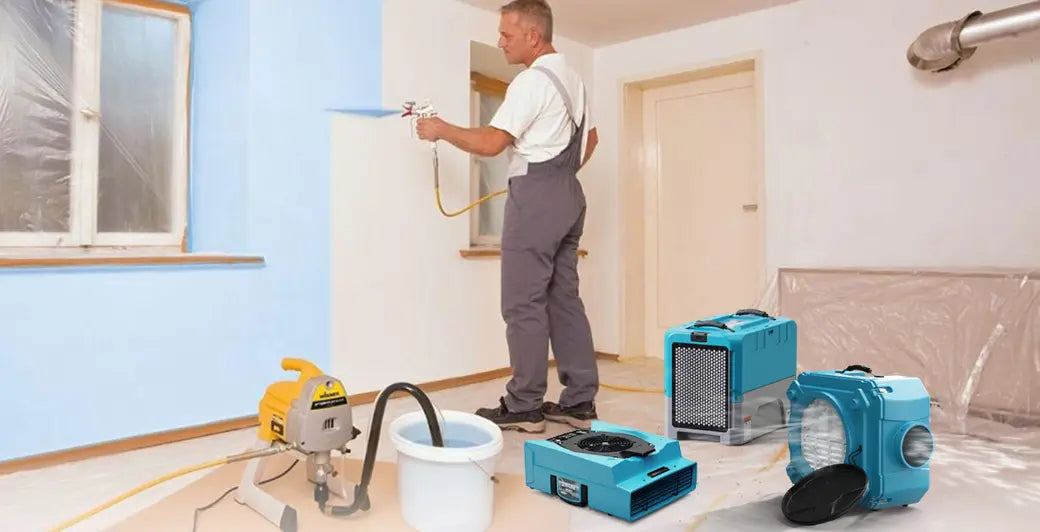
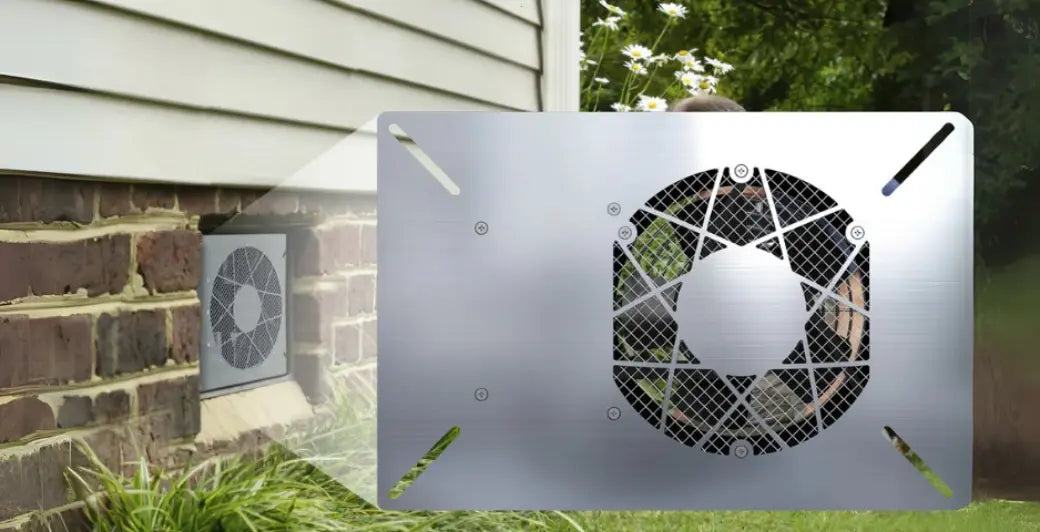
Shop For Dehumidifier
Abestorm 170 PPD 2,100 Sq.Ft Commercial Dehumidifier with Pump and Drain Hose | Hurricane 800
Abestorm 180 PPD 2,300 Sq.Ft Commercial Dehumidifier with Pump and Drain Hose | Hurricane LGR85
Abestorm 264 PPD 3,000 Sq.Ft Commercial Dehumidifier with Pump and Drain Hose | Hurricane 125P
Abestorm 180 PPD 2,300 Sq.Ft Commercial Dehumidifier with Pump and Drain Hose | Hurricane 850